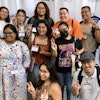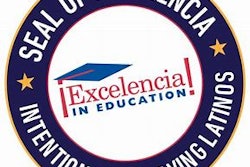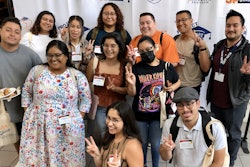The Hispanic population is the fastest-growing demographic groups in the country. Today, Hispanic students make up nearly one-quarter of all public school enrollments. By 2036, they are projected to make up one-third of the nation’s 3 to 17 year olds.
As the progression toward becoming a country that is “majority-minority” continues, Hispanic students will increasingly be a presence in K-12 and postsecondary classrooms. Their success also is inextricably tied to the economic health and prosperity of the nation.
Professors and business leaders convened at Northeastern University last Friday to discuss opportunities to diversify the field of business by enhancing Hispanic educational attainment. The summit was sponsored by the White House Initiative on Educational Excellence for Hispanics and the PhD Project.
Hispanics already are making their mark as U.S. business owners. U.S. census numbers show that the number of Hispanic-owned businesses has increased by more than 46 percent between 2007 and 2012, to a total of more than 3.3 million businesses. In 2016, there will be a projected 4 million Hispanic-owned businesses.
Despite gains in that area, Latinos remain underrepresented in academe, particularly in terms of business Ph.D. attainment.
“One of the things that is critical to how we frame this discussion is we are not here talking about quotas, reparations and doing good,” said Dr. James C. Bean, provost and senior vice president for academic affairs at Northeastern University. “We’re here talking about national security, good business, serving customers [and] institutional viability, because this is really an example [that] no business, no educational institution can ignore the significant demographic trends that we’re seeing here that are now imperiling their own existence.”
At the summit, John Barros, chief of economic development for the city of Boston, shared some startling statistics from a Federal Reserve Bank of Boston study on wealth inequality by race.















